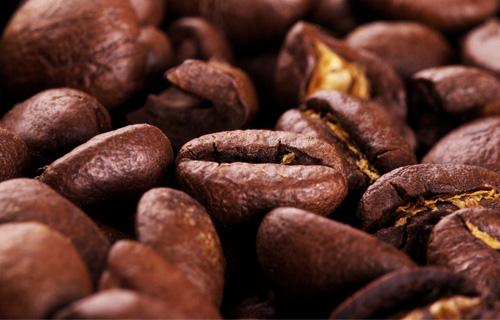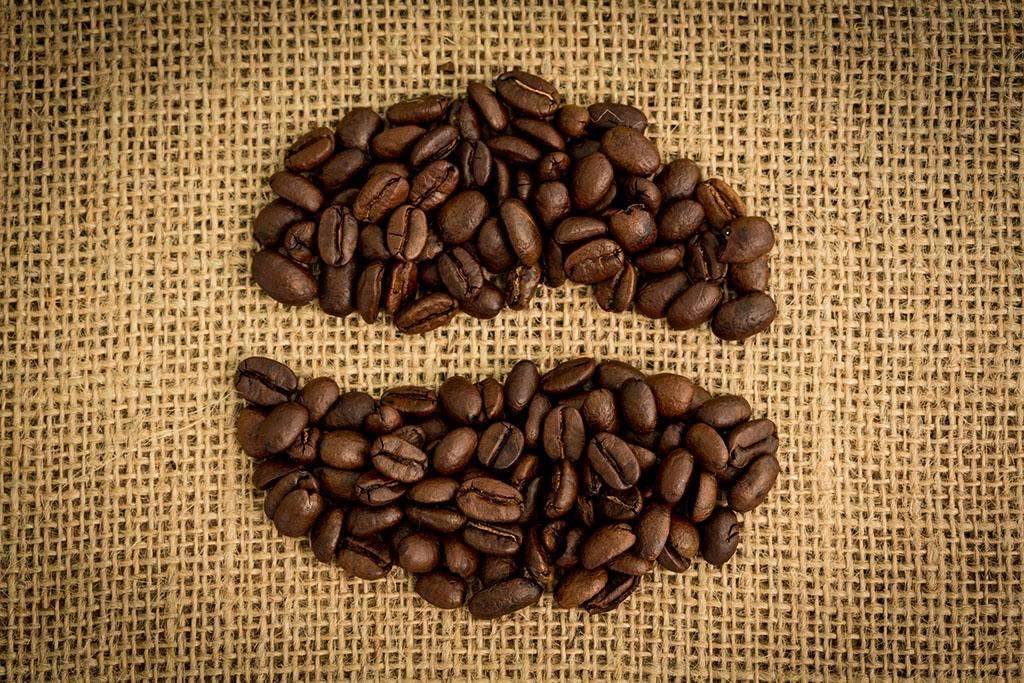Introduction to Arabica Fine Coffee
Follow the caf é (Wechat official account vdailycom) and found that Beautiful Cafe opened a small shop of its own.
Boutique coffee "is a unique flavor of coffee beans cultivated under special climatic and geographical conditions, which is quite simple and lively. The advantage of boutique coffee beans is that, first of all, there are almost no defective beans, the beans are thick and well-balanced, the taste is sour, sweet, mellow, uncharred and bitter, and it will ruin things if you add sugar or milk to the coffee.
The American Fine Coffee Association defines boutique coffee as carefully selecting the right variety of coffee and growing it in the altitude, climate, soil and water environment that is most conducive to the development of coffee flavor. Carefully deal with washing and sun processing, carefully select the most advanced coffee beans without defects, and send them to customers with zero error. The roaster then uses superb roasting skills to bake the richest coffee flavor, and then uses the recognized most standard extraction standards to make delicious coffee.

Boutique coffee beans distinguish the regional flavor of each producing area or manor. In plant taxonomy, coffee belongs to the Rubiaceae family, under which there are at least more than 100 coffee species. Arabica and Robusta are known as two coffee species suitable for commercial use. Arabica can be divided into 2,000 to 3,000 varieties, all of which are derived from the oldest native species of Ethiopia, Iron pickup and Bourbon cultivated in South America or Asia, mainly in Central and South America such as Brazil and Colombia, Central America Tiko and Sidamo, Sumatra Iron pickup in Indonesia and the Blue Mountains of Jamaica.
The following is a brief introduction to the three types of Arabica coffee:
Ancient native species
Typica: Ethiopia's oldest native variety, an ancient coffee with an elegant flavor, but far less popular than bourbon. Its derived varieties include Mantenin, Lanshan, Yunnan Xiaomi, geisha and so on. Ironpika beans are large, pointed, oval or thin, different from bourbon round beans.
Bourbon (Bourbon): an ancient and excellent variety juxtaposed with iron pickup. Exuberant vitality, outstanding flavor, often win in the cup test. In addition to the variants of pointed beans, bourbon is almost all round beans, beans are a little smaller than tin card, relatively late ripening, but the output is 30% more than tin card, the disadvantage is that the result is a year off.
Gene mutant
Kenya (SL and SL34 bourbon): adapted to the high concentration of phosphate soil in Kenya for a hundred years, it has given birth to Kenya's special sour flavor, which is different from bourbon beans in Central and South America.
Geisha (Geisha): a late blooming breed. Beat the victorious Bourbon, Kaddura, Kaduai, Itsuka and other varieties, one breath package 2005, 2006, 2007 Panama National Treasure Bean Cup test contest champion. In 2007, the bidding price was $130 per pound, the highest price record for race beans before 2007. At present, 80% of the contestants in the major coffee competitions use geisha as the first choice to use beans.
Bourhon Amarello: it is suitable for shallow baking and is a bourbon variety of yellow skin peculiar to the state of Sao Paulo, Brazil. Generally speaking, the coffee fruit will turn red when it is ripe, but the yellow bourbon will not turn red when it is ripe. It is named after it is orange.
Kaddura (Caturra): a monogenic variety of bourbon, discovered in Brazil in the 1950s. The flavor is on a par with or slightly worse than that of bourbon beans, but it is the same as bourbon once every two years.
Pacas (Pacas): bourbon variety found in El Salvador.
Vera Saatchi (Villa Sarchi): bourbon variety first discovered in Costa Rica in the 1960s.
Elephant beans (Maragogype): the shape of beans is three times bigger than Arabica and is the largest in the world, hence the name. It is the most well-known variety of iron pickup beans, first discovered in 1870 in the Maragogippe bean-producing region of Paxi Asia in northeastern Brazil.
Kent: a hybrid variety of iron pickup found in India with high yield.
Cross between Arabica and stout bean seed
Timor: a hybrid of Arabica and stout beans found in East Timor, close to Arabica because the chromosomes are 44 of Arabica rather than 22 of stout beans. Because of its low acidity and lack of characteristics, it is often used as a low-cost formula bean. However, East Timor has washed high-altitude pure iron truck, when buying it, it should be clear that it is a hybrid or pure iron card washed beans, the quality of the two is very different, the former is mediocre, and the latter is up to the level of fine beans.
Catimor: commercial beans are the most used. In 1959, Portugal moved the Brazilian bourbon mutant Kadura to East Timor with a stout bean Timo hybrid and successfully cultivated Katim, but with a slightly poor flavor.
Important Notice :
前街咖啡 FrontStreet Coffee has moved to new addredd:
FrontStreet Coffee Address: 315,Donghua East Road,GuangZhou
Tel:020 38364473
- Prev

What's so good about Arabica coffee?
Following Cafe Review (official account vdailycom of Wechat) found that coffee in Fairview Cafe opened a small shop belonging to Rubiaceae. So far, it has been found that there are 103 varieties of coffee, but it has commercial value, and only three categories are widely cultivated, namely, Alabica, Rubosita variety of Canephora, and Ribilica.
- Next

Differences, distinctions and awards of individual beans in Panamanian coffee
Exchange of professional baristas Please pay attention to the coffee workshop (Wechat official account cafe_style) Panamanian coffee individual beans difference, distinction and award-winning plantations in three ways: sunshine plantation, full shade plantation and semi-shade plantation. Plantations with more than 50 plants per hectare are fully shaded plantations, 25-50 plants are semi-shaded plantations, and those with less than 25 plants are called sunshine plantations.
Related
- Detailed explanation of Jadeite planting Land in Panamanian Jadeite Manor introduction to the grading system of Jadeite competitive bidding, Red bid, Green bid and Rose Summer
- Story of Coffee planting in Brenka region of Costa Rica Stonehenge Manor anaerobic heavy honey treatment of flavor mouth
- What's on the barrel of Blue Mountain Coffee beans?
- Can American coffee also pull flowers? How to use hot American style to pull out a good-looking pattern?
- Can you make a cold extract with coffee beans? What is the right proportion for cold-extracted coffee formula?
- Indonesian PWN Gold Mandrine Coffee Origin Features Flavor How to Chong? Mandolin coffee is American.
- A brief introduction to the flavor characteristics of Brazilian yellow bourbon coffee beans
- What is the effect of different water quality on the flavor of cold-extracted coffee? What kind of water is best for brewing coffee?
- Why do you think of Rose Summer whenever you mention Panamanian coffee?
- Introduction to the characteristics of authentic blue mountain coffee bean producing areas? What is the CIB Coffee Authority in Jamaica?

